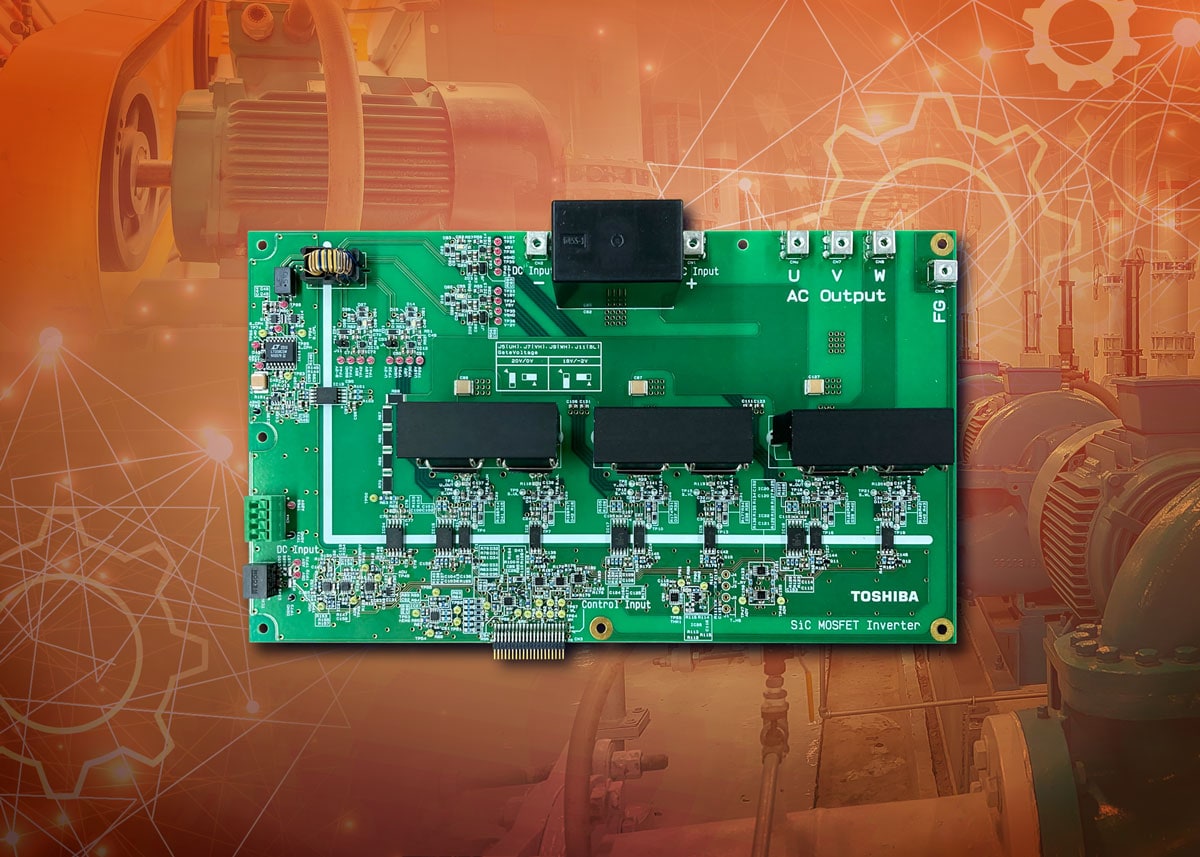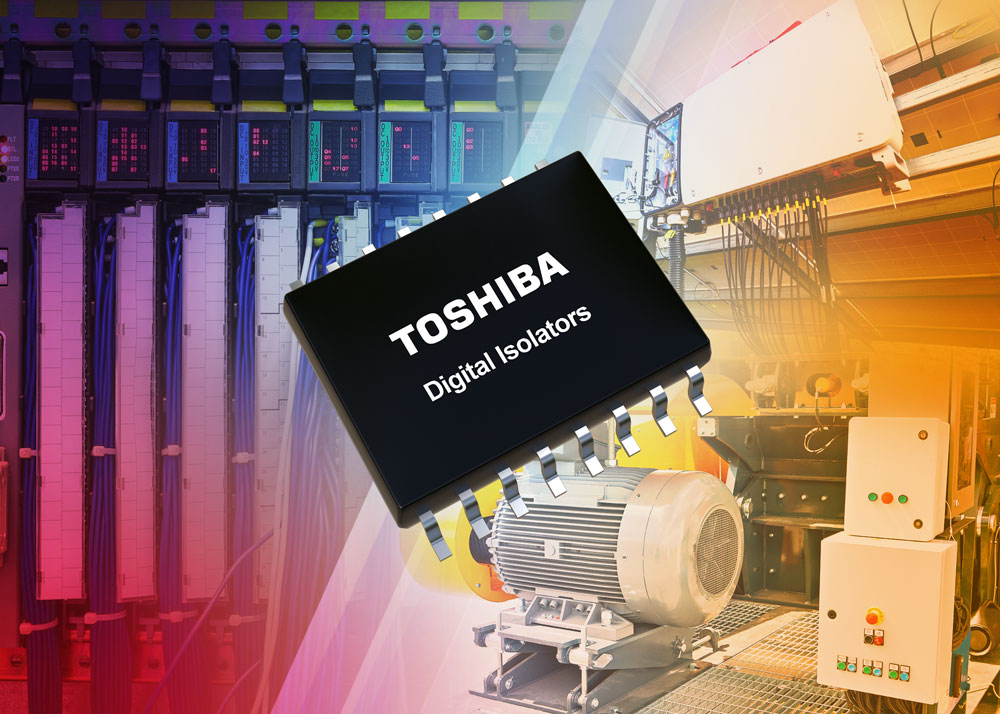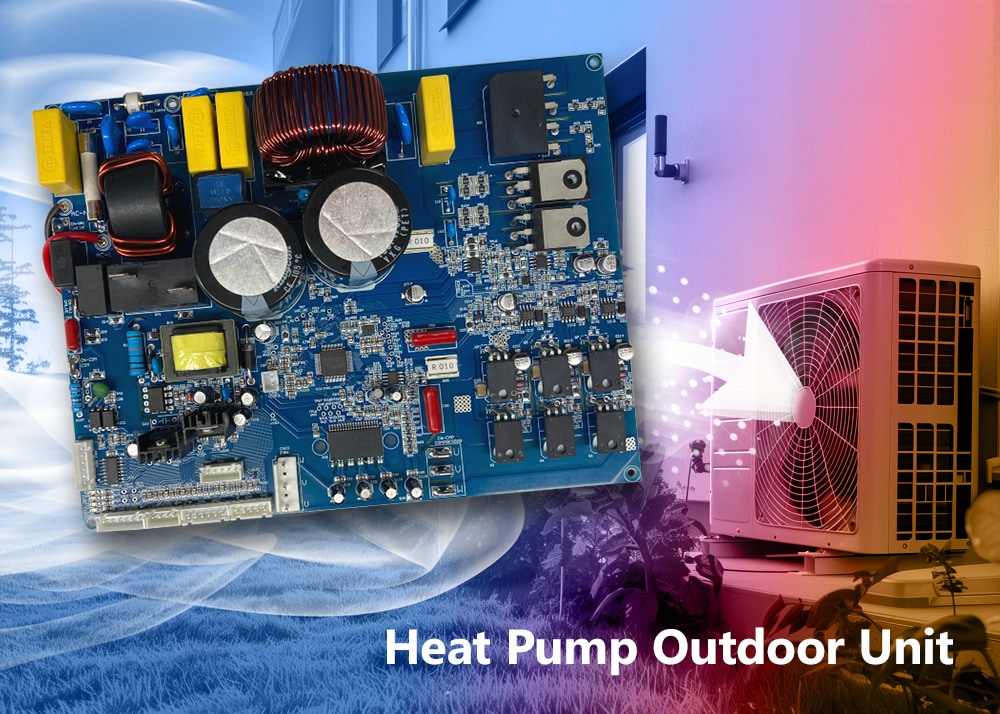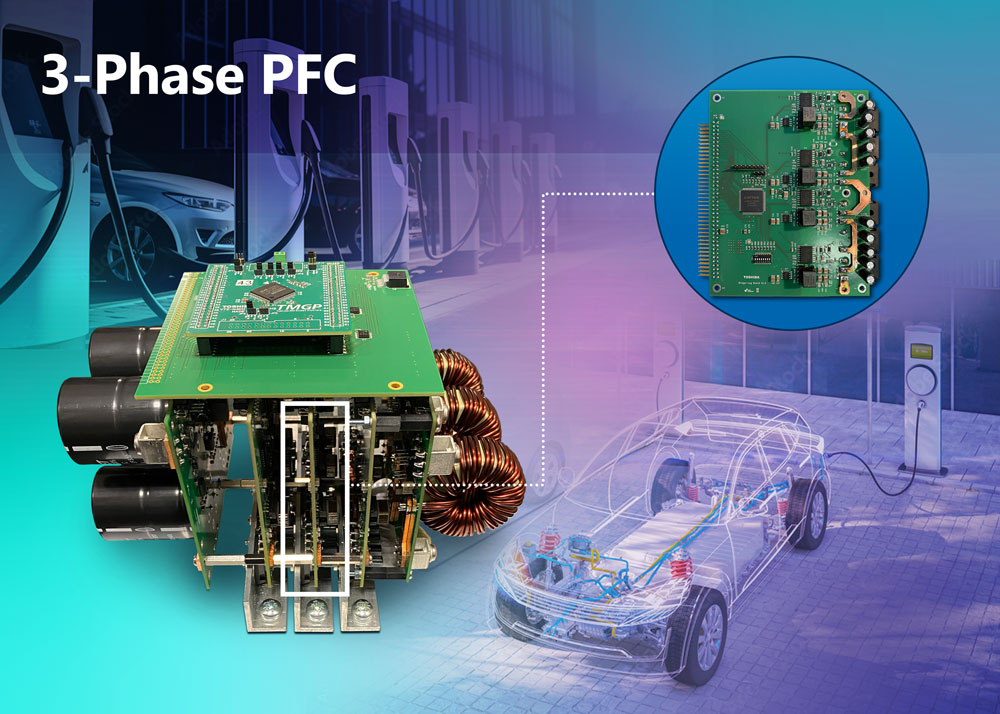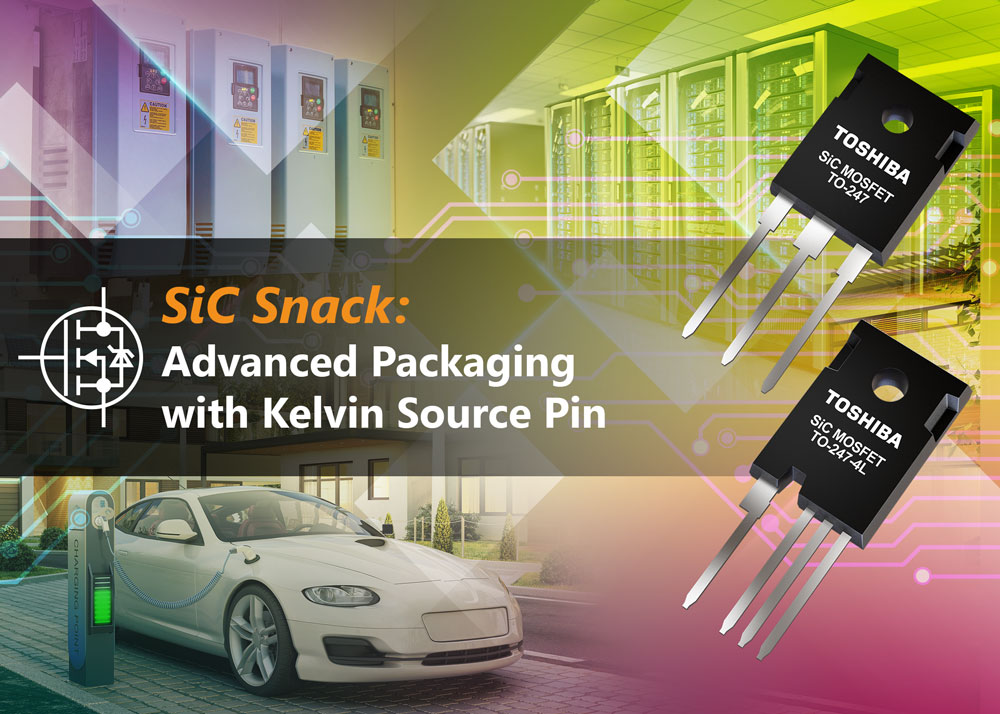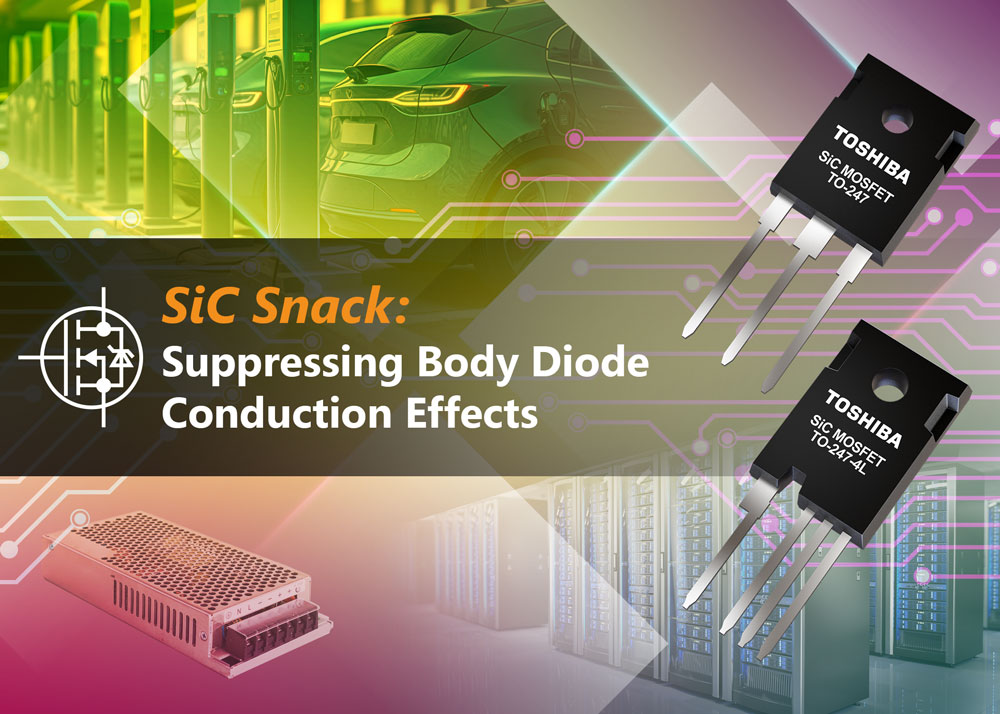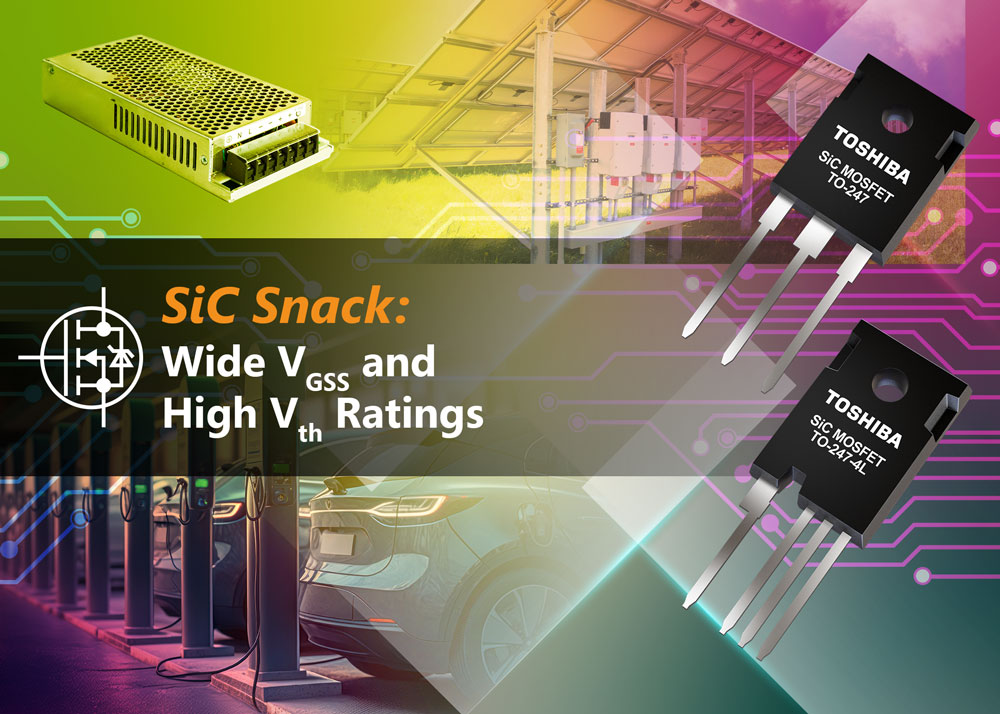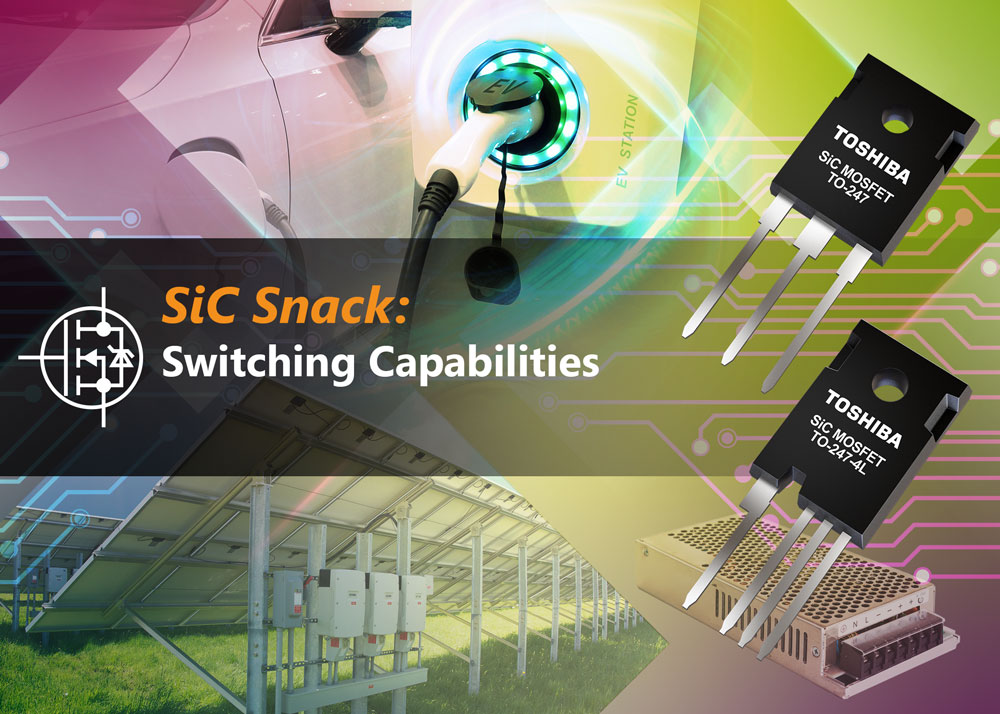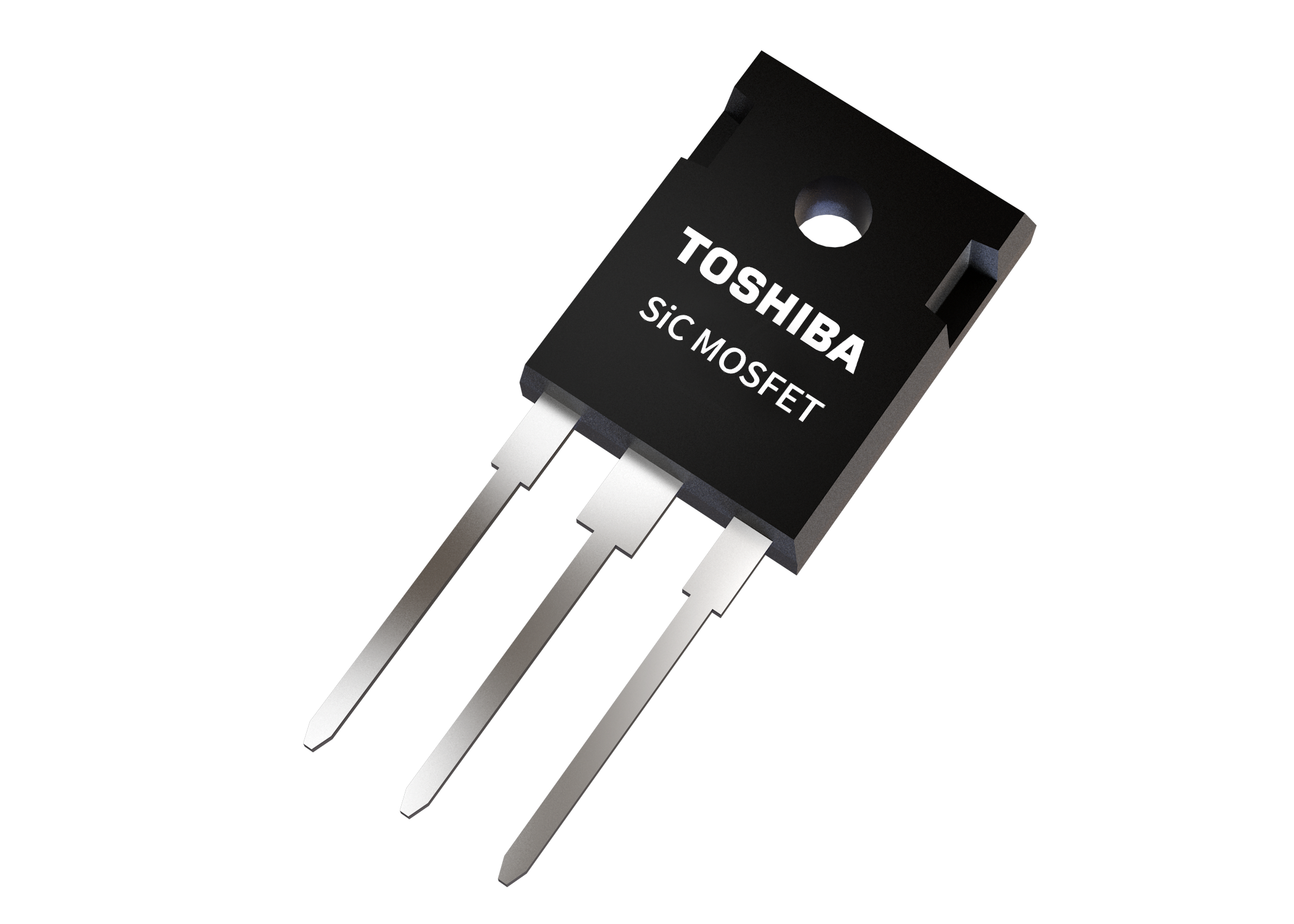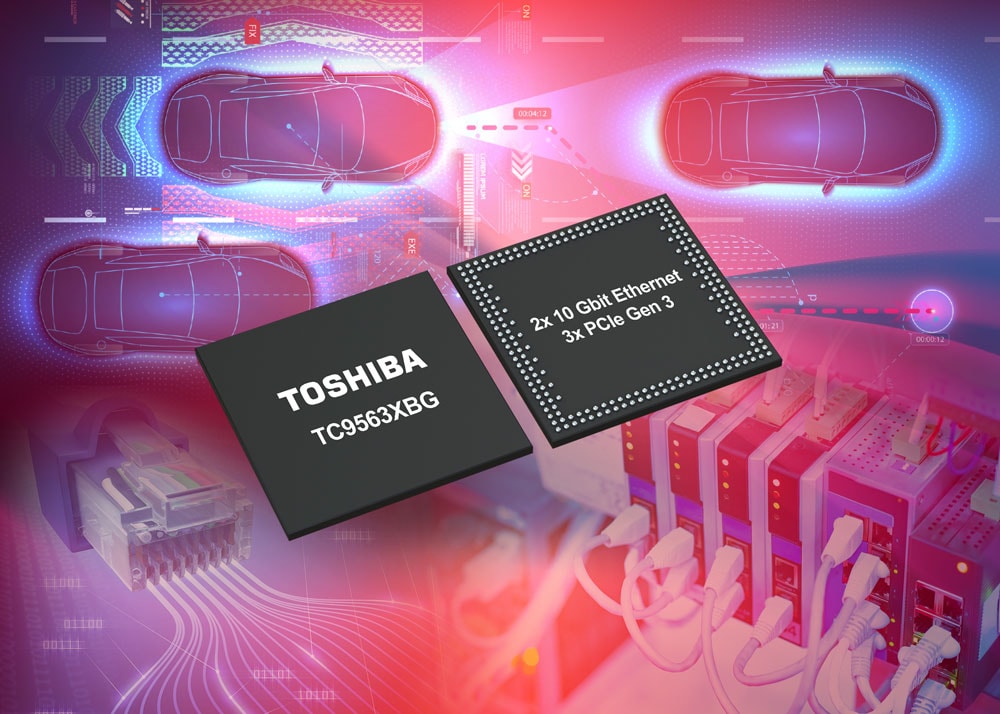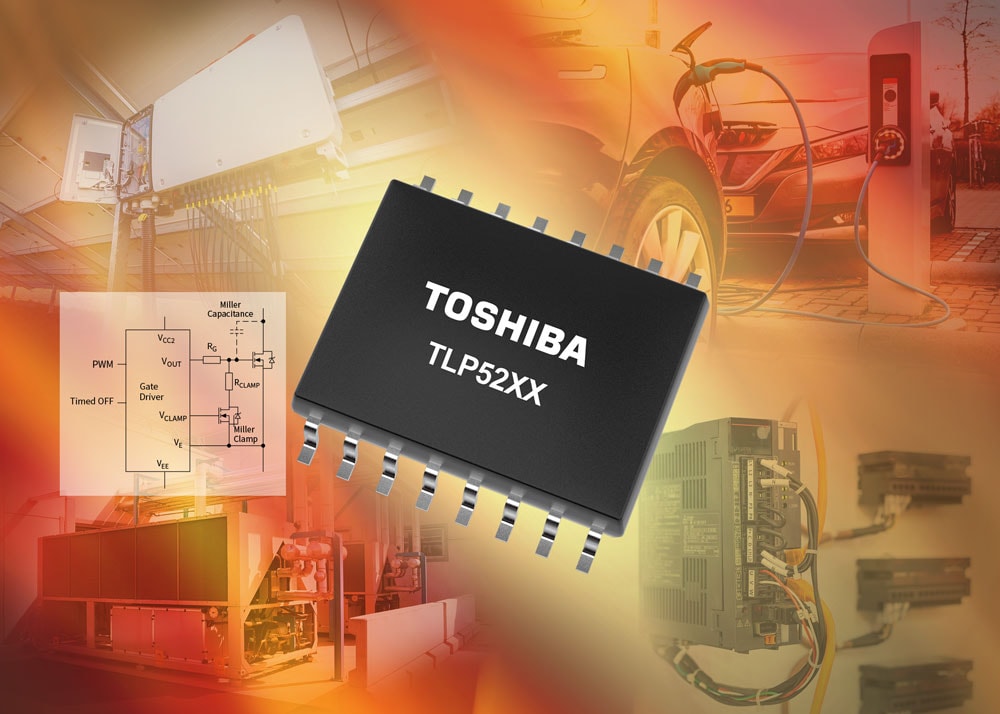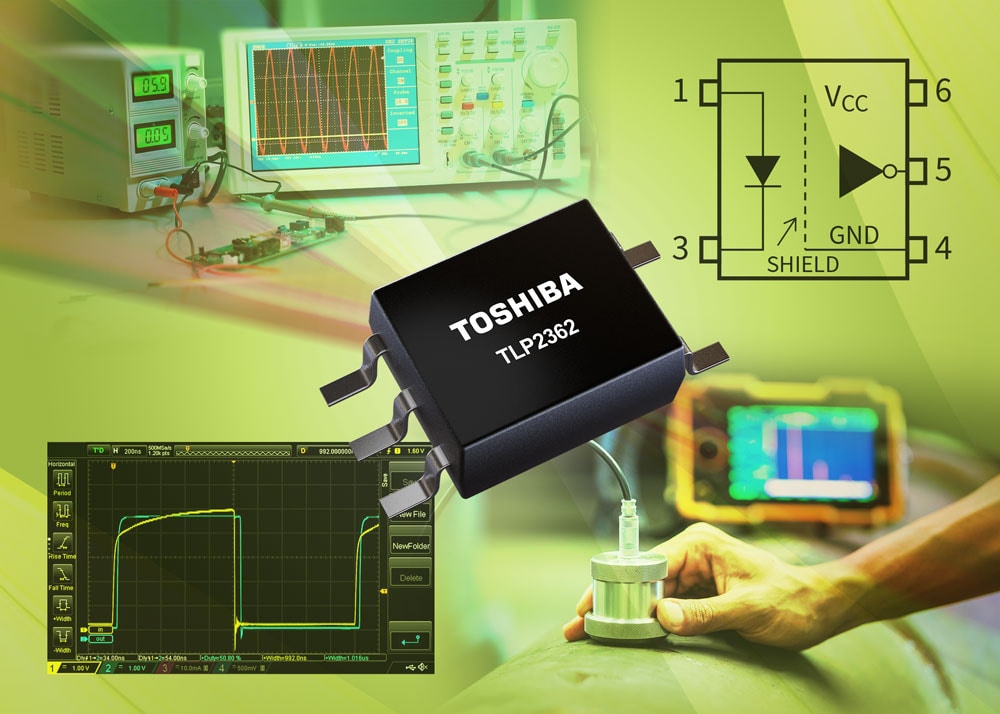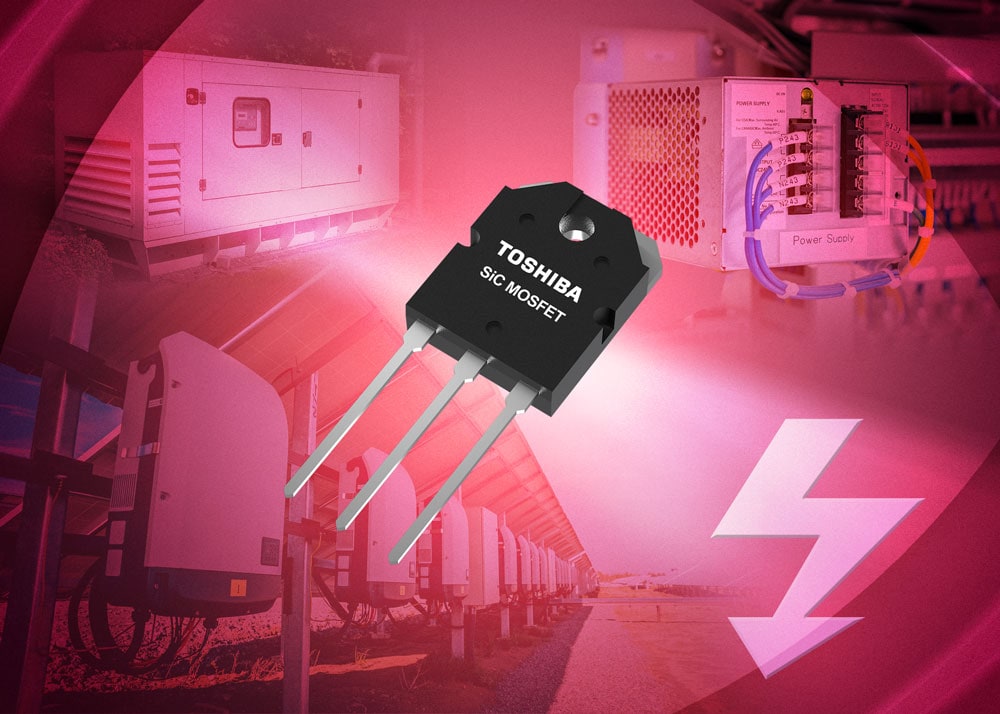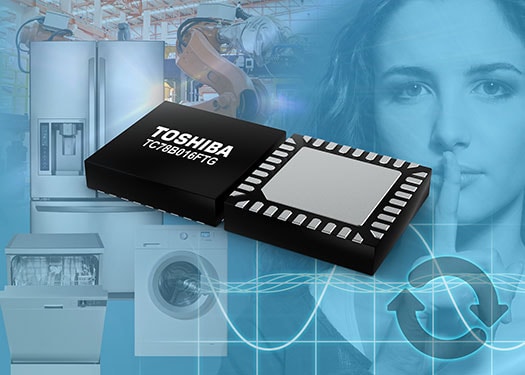- General Top
- SEMICONDUCTOR
- STORAGE
- COMPANY
-
My ToshibaSemicon
- Semiconductor Top
-
ApplicationsAutomotive
Body Electronics
xEV
In-Vehicle Infotainment
Advanced Driver-Assistance Systems (ADAS)
Chassis
IndustrialInfrastructure
BEMS/HEMS
Factory Automation
Commercial Equipment
Consumer/PersonalIoT Equipment
Healthcare
Wearable Device
Mobile
Computer Peripherals
-
ProductsAutomotive Devices
Discrete Semiconductor
Diodes
Transistors
Logic ICs
Analog Devices
Digital Devices
Wireless Devices
※
: Products list (parametric search)
Power SemiconductorsSiC Power Devices
※
: Products list (parametric search)
Isolators/Solid State RelaysPhotocouplers
Digital Isolators
Solid State Relays
Fiber Optic Transmitting Modules
※
: Products list (parametric search)
MOSFETsIGBTs/IEGTsBipolar Transistors※
: Products list (parametric search)
Diodes※
: Products list (parametric search)
MicrocontrollersMotor Driver ICsIntelligent Power ICs※
: Products list (parametric search)
Power Management ICsLinear ICs※
: Products list (parametric search)
General Purpose Logic ICsLinear Image SensorsOther Product ICsOther Product ICs
※
: Products list (parametric search)
-
Design & Development
Design & Development
Innovation Centre
At the Toshiba Innovation Centre we constantly strive to inspire you with our technologies and solutions. Discover how to place us at the heart of your innovations.
-
Knowledge
Knowledge
Highlighted Topics
Further Materials
Other
- Where To Buy
- Part Number & Keyword Search
- Cross Reference Search
- Parametric Search
- Stock Check & Purchase
This webpage doesn't work with Internet Explorer. Please use the latest version of Google Chrome, Microsoft Edge, Mozilla Firefox or Safari.
require 3 characters or more. Search for multiple part numbers fromhere.
The information presented in this cross reference is based on TOSHIBA's selection criteria and should be treated as a suggestion only. Please carefully review the latest versions of all relevant information on the TOSHIBA products, including without limitation data sheets and validate all operating parameters of the TOSHIBA products to ensure that the suggested TOSHIBA products are truly compatible with your design and application.Please note that this cross reference is based on TOSHIBA's estimate of compatibility with other manufacturers' products, based on other manufacturers' published data, at the time the data was collected.TOSHIBA is not responsible for any incorrect or incomplete information. Information is subject to change at any time without notice.
require 3 characters or more.
Importance of TSN in Fulfilling Next Generation Industrial Automation
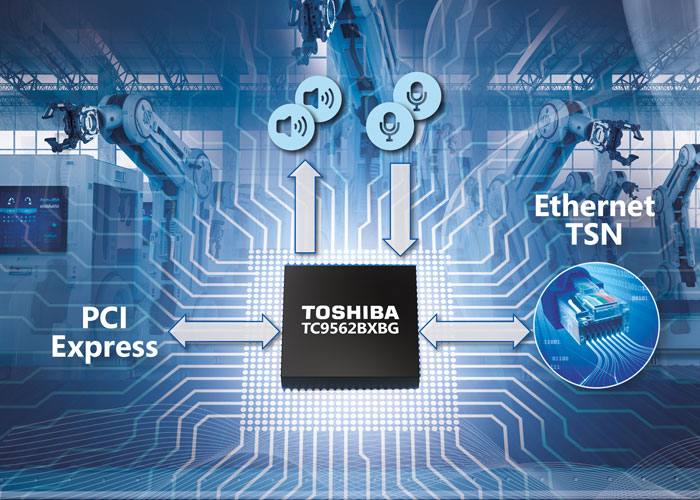
Over the last decade we have seen the widespread deployment of Ethernet connectivity within the industrial engineering sector. Since 2018 the market share for newly installed nodes in factory automation show a larger share for Industrial Ethernet protocols comparing to traditional field bus protocols. Industrial Ethernet protocols have supplanted the outdated serial interfaces of the past (like RS-232 and RS-485) and provided a universally accepted platform upon which increasing levels of automation can be implemented. As a consequence, it has been possible to raise the productivity of manufacturing facilities and have better control of complex industrial processes, and with major quality and safety benefits being derived from it.
Industrial Ethernet is far more operationally robust than the conventional Ethernet used in enterprise data communication activities. It possesses the attributes needed to deal with high temperature levels and the presence of electro-magnetic interference. It is also able to mitigate the threat posed by electro-static discharges which are relatively commonplace in industrial environments. However, as we move into the Industry 4.0 era, and the automation systems involved become much more sophisticated, then determinism will become increasingly important.
Though Industrial Ethernet protocols have mechanisms that support a certain degree of deterministic operation, these generally rely on Ethernet MACs that have been modified in some way. This prevents widespread interoperability. To ensure that Ethernet latency and bandwidth capabilities can be addressed universally, and keep pace with elevating traffic demands, a dedicated IEEE task group was established. This has been assigned with defining a set of standards relating to the 802.1 communications protocol. These time-sensitive networking (TSN) standards, that have now been defined, are as follows:
- IEEE 802.1AS - where synchronisation data is shared between a grandmaster network node and all the other nodes, to ensure that a common base reference clock is applied to each of them.
- IEEE 802.1Qbv - which leverages additional enhancements that enable acceptable end-to-end latencies, as well as ultra-low jitter. Low priority traffic is blocked during pre-defined time windows.
- IEEE 802.1Qbu - this brings about a reduction in the latency of certain traffic within mixed traffic environments by intercepting long, low priority traffic.
Recognising the need for deterministic industrial networking, Toshiba has created a whitepaper that covers all the key aspects of TSN within a factory automation context. The document includes expert advice on upgrading industrial communication infrastructure so that TSN is supported. It compares and contrasts the different semiconductor technologies that can be used for this purpose, highlighting the advantages and disadvantages of each. To download the whitepaper please visit:



